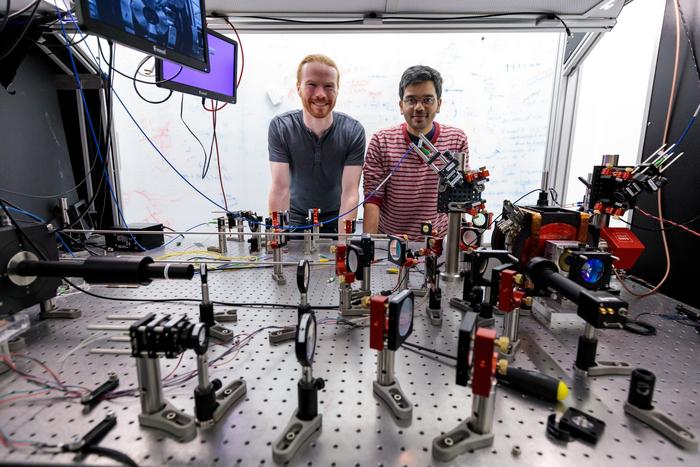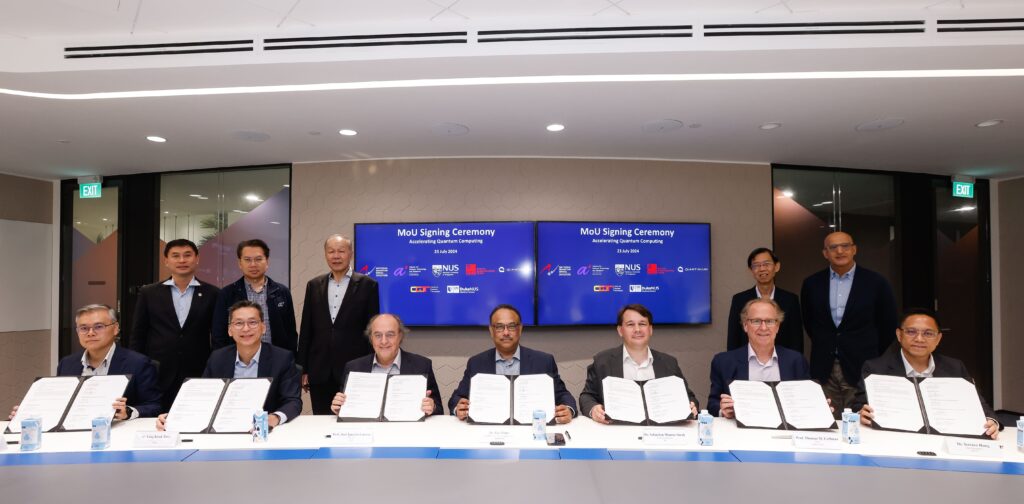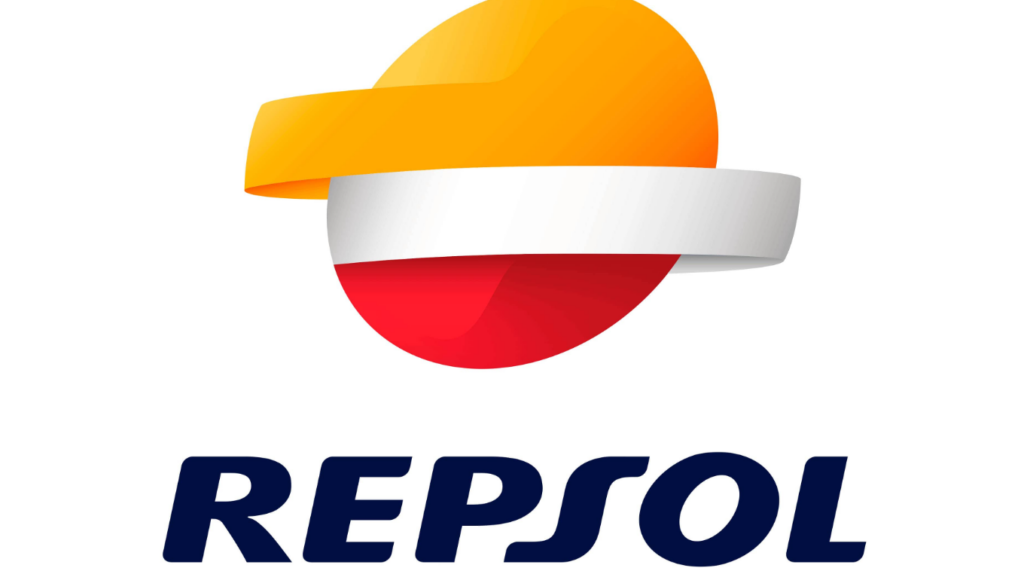
A team of researchers suggest quantum computers may soon be in the driver’s seat in solving certain problems in the transportation industry that are too complex for classical computers.
In a study published on the pre-print server ArXiv, the researchers from Q-CTRL and the Commonwealth Scientific and Industrial Research Organisation (CSIRO) introduced a framework for assessing which transport optimization problems may be best solved using quantum algorithms. They also built a workflow for arriving at solutions to these types of problems and point out new tools that might apply to current commercial quantum computing systems.
In their assessment, problems best suited for quantum should be ones that are too complex for classical computers, show practical impact, appear compatible with quantum algorithms and demonstrate resource efficiency.
According to the researchers, transportation has several optimization problems, including routing, scheduling, assignment and rostering, that fit that bill. These combinatorial optimization problems are difficult for classical computers to solve. Quantum computers, on the other hand, are — theoretically — better able to handle these problems.
To test their ideas, the team followed their framework and workflow to eventually decide on investigating the Capacitated Vehicle Routing Problem — a routing optimization problem — as a possible use case that quantum algorithms could handle better than classical ones.

If you have struggled with the logistics of picking up and dropping off your kids and their friends at multiple sporting events spread out across town, or had the privilege of serving as a designated driver for a bunch of tipsy friends all demanding they be taken home first, you have the basic idea that the capacitated vehicle routing problem is centered on finding the best routes to pick up or deliver items at various locations using vehicles that have, obviously, limited carrying capacities.
Quantum algorithms may be uniquely suited to address these challenges, according to the team. In this sample problem, the researchers used Q–CTRL’s Fire Opal software to handle each element of the circuit deployment on real hardware. Their approach achieved 97% circuit performance in obtaining the correct routing result on one of IBM’s 7-qubit quantum computer, with error reduced by >20X over alternative implementations.
The researchers conclude: “These results indicate that even for small problem sizes, appropriate problem implementation and execution can lead to appreciable increases in algorithmic problem success that can compound with problem size.”
One larger benefit of this study is that it shows the use of quantum computers to solve real-world challenges that are too difficult for regular computers, often referred to as quantum advantage. Currently, quantum machines are theoretically more powerful in solving certain problems — but many experts believe that finding and delivering solutions to any problem would benefit the growth of the entire quantum industry.
Some of these incremental gains can have huge implications, as well.
“There is nothing glamorous, nothing exciting about transport optimisation. But using quantum to optimise routes – and that is a necessity given the number of agents and general complexity – will have a major impact on pollution. Given that global warming is an existential issue, maybe one should reassess what is exciting!“ says Karina Robinson, Founder of The City Quantum Summit and Senior Advisor to Multiverse Computing.
She adds that using quantum physics algorithms on existing classical computers, the so-called hybrid model, already appears to be delivering results.
“We don’t need to wait for that state-of-the-art quantum computer,” said Robinson.
The team included Christopher D B Bentley, Samuel Marsh and Michael J Biercuk, from Q-CTRL and André R R Carvalho, of CSIRO.
Q-CTRL is using control to make quantum technology practical.You can learn more about Q-CTRL on TQI’s intelligence platform.
Transport for New South Wales supported this work.
If you found this article to be informative, you can explore more current quantum news here, exclusives, interviews, and podcasts.




















